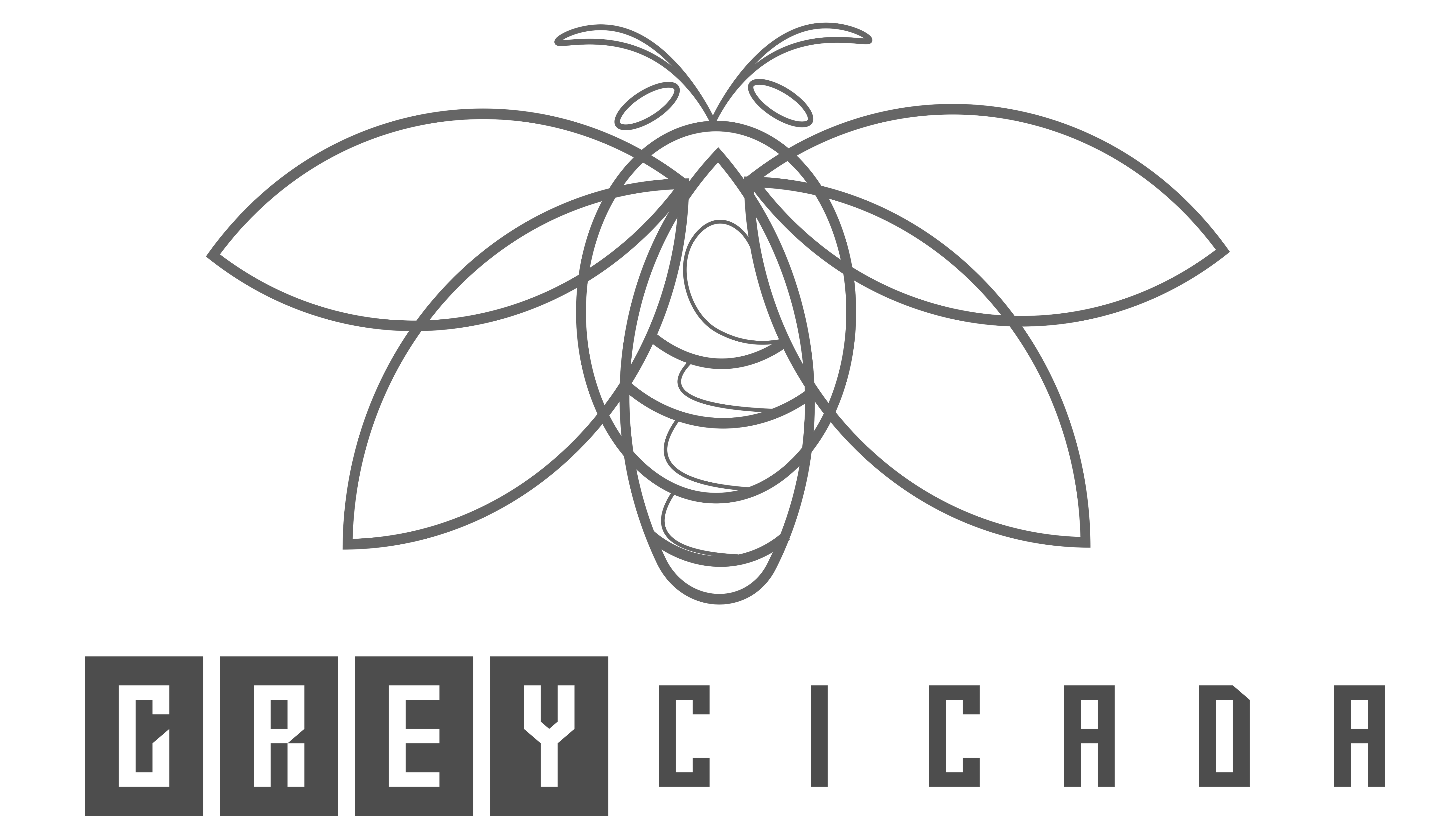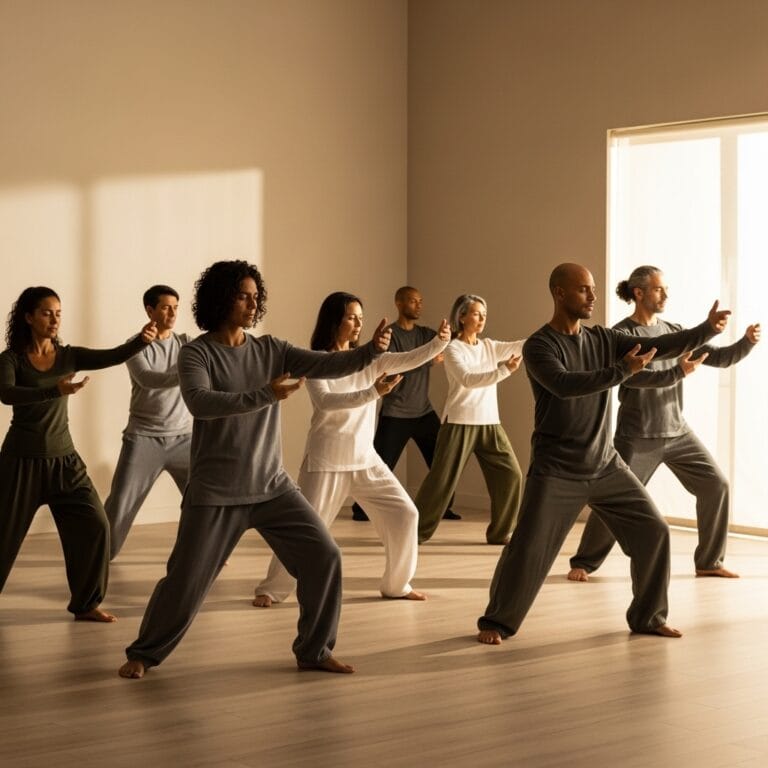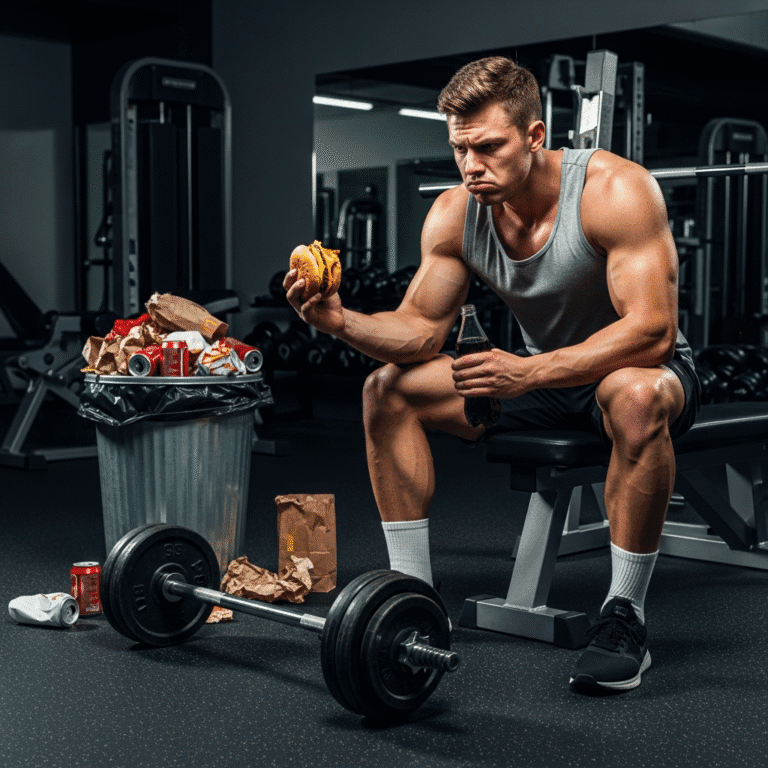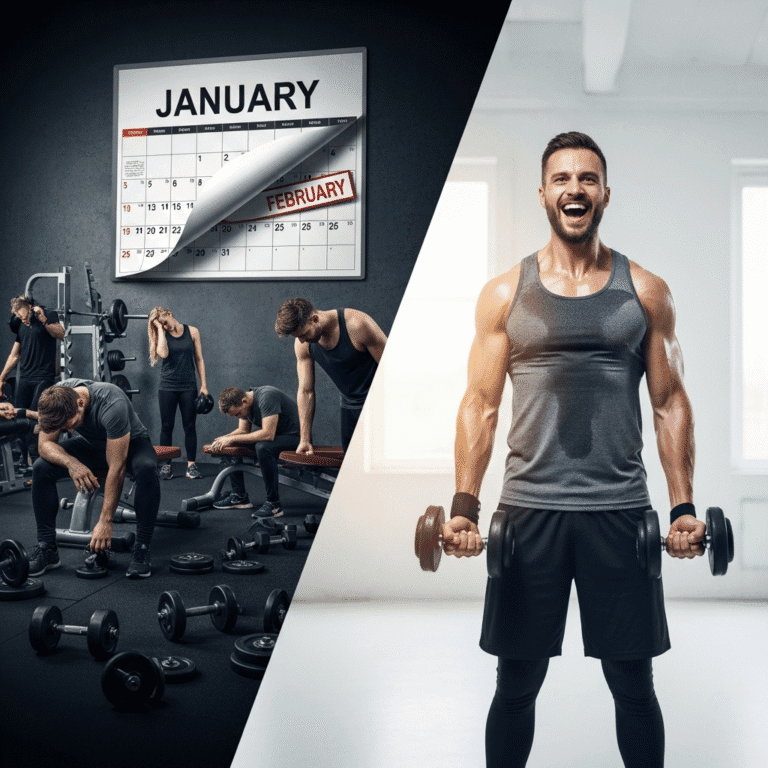FREE SHIPPING OVER $50
Trainer Reveals: The 3 Muscle Groups You’re Skipping (And Why Your Progress Is Stuck)
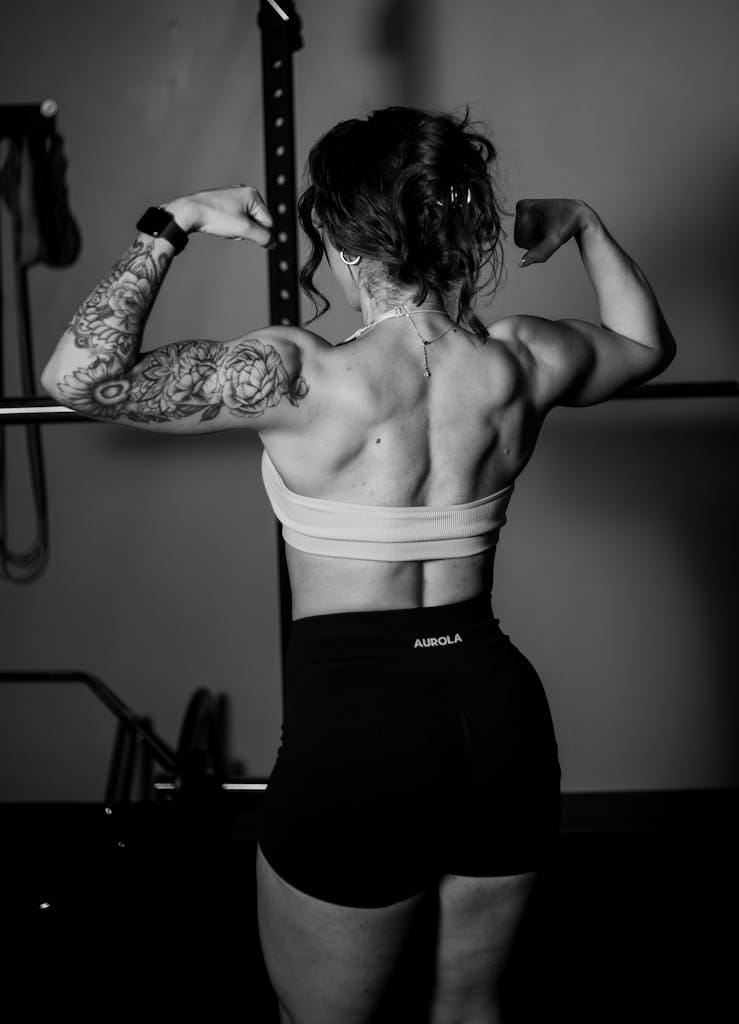
You hit the gym regularly. You push through your workouts, feeling the burn and putting in the effort. You’re dedicated, you’re consistent, and you’re sweating. So why does it sometimes feel like your progress is stuck? Your lifts aren’t improving, that nagging ache in your lower back won’t go away, or you just can’t seem to get the physique you’re working so hard for. If this sounds familiar, I, as a personal trainer, can tell you that you’re far from alone.
It’s a common scenario, and often, the answer isn’t about working harder, but about working smarter. The truth is, many well-meaning fitness enthusiasts fall into a trap of skipping certain crucial muscle groups – often unknowingly. These aren’t the flashy “mirror muscles” you see every day, but they are the unsung heroes of your body, responsible for stability, strength, and injury prevention. Neglect them, and your entire fitness journey can hit a frustrating wall.
Why Neglecting Certain Muscle Groups Hurts Your Gains
Our bodies function as integrated systems. Every lift, every step, every movement involves multiple muscle groups working together in harmony. When you neglect key supporting muscles, you’re creating a “weak link” in this system. It’s like trying to build a skyscraper on a shaky foundation – eventually, things will start to crack or crumble.
Here’s why ignoring these unsung heroes is holding back your entire fitness journey:
- They Dictate Stability: Many of the often-skipped muscle groups are primarily responsible for stabilizing your joints. Without this stability, your prime movers can’t generate maximum force safely.
- They Prevent Injury: Weak supporting muscles are a major cause of common fitness injuries, from shoulder impingement to lower back pain. Training them builds resilience and protects your joints.
- They Improve Posture: Strong supporting muscles help pull your body into proper alignment, correcting slouched shoulders, rounded backs, and forward head posture that often develop from desk jobs and imbalanced training.
- They Unlock True Strength: You might be strong in your chest, but if your back is weak, your pushing power will eventually stall. Training these muscle groups unlocks new levels of strength you didn’t know you had by improving leverage and power transfer.
- They Enhance Performance: Whether you’re an athlete, a runner, or simply someone who wants to move better, these muscle groups are critical for efficient, powerful movement patterns.
The 3 Muscle Groups You’re Skipping (And How to Fix It!)
Alright, no more mystery. Here are the 3 muscle groups that most people inadvertently skip in their workout routines, leading to stalled progress and potential issues, along with my pro tips on how to effectively train them.
1. The Posterior Chain (Glutes & Hamstrings, and often the Lower Back)
Why It’s Often Skipped: Let’s face it, we love our quads. Lunges, leg extensions, leg presses – they build those visible, powerful front thighs. But often, the glutes and hamstrings (the muscles on the back of your legs and glutes), and even the supporting lower back muscles, get far less attention. This is a classic example of focusing on “mirror muscles” over essential functional strength.
Why It Matters (And Why Your Progress Is Stuck): The posterior chain is the powerhouse for so many fundamental movements: running, jumping, lifting anything off the floor, even standing up. A weak posterior chain can lead to:
- Lower Back Pain: Your lower back muscles end up compensating for weak glutes and hamstrings during lifts and daily activities, leading to strain.
- Limited Squat & Deadlift Progress: You can only lift as much as your weakest link. If your glutes and hamstrings aren’t firing, your big compound lifts will suffer.
- Poor Posture: A weak posterior chain contributes to a forward-leaning, rounded-shoulder posture.
- Reduced Athletic Performance: Lack of explosive power for sports.
How to Train It Effectively:
- Glute Bridges/Hip Thrusts: Excellent for isolating and activating the glutes.
- Romanian Deadlifts (RDLs): Fantastic for building strong hamstrings and glutes with controlled movement. Use light weights and focus on form.
- Good Mornings: A great bodyweight or light-weight exercise to strengthen the entire posterior chain.
- Back Extensions/Hyperextensions: Directly target the lower back muscles for stability.
Integration Tips: Add 1-2 of these exercises to your leg days, or dedicate a separate day to posterior chain work. Focus on feeling the muscles contract, not just moving the weight.
2. The Rotator Cuff & Scapular Stabilizers
Why It’s Often Skipped: These are often called the “small muscles,” and because they aren’t big and flashy like your biceps or chest, they’re typically overlooked. The rotator cuff is a group of four small muscles surrounding your shoulder joint, responsible for shoulder stability and rotation. Scapular stabilizers (like rhomboids and serratus anterior) help control your shoulder blades. Everyone wants a big bench press, but few focus on the tiny muscles that protect the shoulder joint during that press.
Why It Matters (And Why Your Progress Is Stuck): Neglecting these crucial muscle groups is a recipe for shoulder pain and injury. Weakness here can lead to:
- Shoulder Impingement & Tendinitis: Overuse or imbalance can inflame tendons.
- Poor Overhead Performance: Lack of stability makes overhead presses or pull-ups challenging and risky.
- Rounded Shoulders/Bad Posture: Weakness in the upper back and shoulder retractors can pull your shoulders forward, leading to a hunched posture.
- Limited Bench Press/Pushing Strength: Your chest can only push as hard as your shoulders can stabilize.
How to Train It Effectively:
- Face Pulls: An absolute must-do exercise for pulling the shoulders back and strengthening the rear deltoids and upper back.
- External Rotations (with light dumbbells or resistance bands): Directly targets the rotator cuff for stability.
- Band Pull-Aparts: Another excellent exercise for retracting the shoulder blades and hitting those crucial rear muscles.
- Y-T-W-L Raises: A series of prone (lying face down) raises to activate different parts of the scapular stabilizers.
Integration Tips: Incorporate 1-2 rotator cuff and scapular stabilizer exercises into every upper body workout, or add them as part of your warm-up or cool-down. Consistency with light weight is far more important than heavy lifting here.
3. The Deep Core Muscles (Transverse Abdominis & Obliques)
Why It’s Often Skipped: When people think “core workout,” they often jump straight to endless crunches or sit-ups, aiming for a six-pack. While visible abs are cool, they only represent a fraction of your core muscles. The deep core muscles, like your transverse abdominis (your natural “corset” that wraps around your midsection) and your obliques (responsible for twisting and side bending), are often completely ignored.
Why It Matters (And Why Your Progress Is Stuck): Your deep core muscles are the foundation of all movement. They stabilize your spine, transfer power from your upper body to your lower body (and vice-versa), and protect your lower back from injury. Neglecting them leads to:
- Persistent Lower Back Pain: A weak core means your lower back takes on too much strain during almost every movement, from lifting to sitting.
- Limited Strength in Compound Lifts: Your core acts as a brace. Without a strong brace, you can’t lift heavy safely in squats, deadlifts, or overhead presses.
- Poor Posture: A weak deep core contributes to a slouched or swayback posture.
- Reduced Functional Fitness: Everyday tasks like carrying groceries or twisting to reach something become harder and riskier.
How to Train It Effectively:
- Planks (and variations like side planks): Fantastic for engaging the entire core, especially the transverse abdominis and obliques.
- Bird-Dog: A classic exercise for core stability and coordination, great for spinal health.
- Dead Bugs: Works the transverse abdominis by challenging core control while moving limbs.
- Pallof Press: Anti-rotation exercise that targets the obliques and overall core stability.
Integration Tips: Integrate 1-2 deep core exercises into your routine 2-3 times a week. Focus on drawing your navel towards your spine (engaging the transverse abdominis) during all movements, and maintain a neutral spine. It’s about control, not speed.
Conclusion
It’s a common frustration: putting in the work at the gym, only to see your progress stuck. But as a trainer, I can tell you that often, the solution lies not in more reps or heavier weights, but in addressing the muscle groups you might unknowingly be skipping. The posterior chain, the rotator cuff and scapular stabilizers, and the deep core muscles are the unsung heroes of a truly strong, balanced, and resilient body.
By consciously incorporating exercises for these 3 crucial muscle groups into your strength training routine, you’ll start to notice profound changes: better posture, reduced aches and pains, improved performance in your main lifts, and a renewed sense of progress. Stop letting those hidden weaknesses hold you back. Take action now, train smart, and unlock the full potential of your body.
Related Articles
- I Did 100 Kettlebell Swings a Day for 30 Days – Here’s What Happened to My Body
- Aged 60+? This ONE Workout Can TRULY Transform Your Body & Life
- Defy Your Age: 4 Simple Strength Workouts to Build Muscle & Stay Strong After 50
- Ditch the Crunches! Sculpt Your Core Standing Up (5 Workouts, No Floor Time)
- Unlock Huge Gains: This is The ONLY Pull Workout You’ll Ever Need for Massive Muscle
